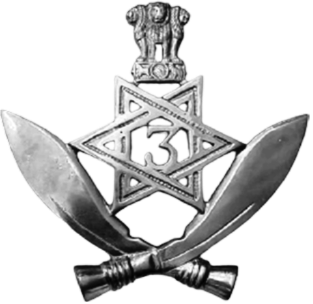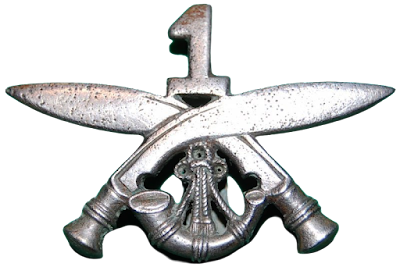3 GORKHA RIFLES

3 GORKHA RIFLES The 3 Gorkha Rifles were raised on April 24, 1815 as a Kumaon Battalion. In 1907, the Regiment was redesignated as 3rd Queen Alexandra's Own Gorkha Rifles. The Regiment presently comprises five battalions. During the First World War, the Regiment distinguished itself in France, Gaza and Palestine and won 18 battle honours. During the Second World War, the Regiment fought in Burma, Malaya, Java, Indonesia, Iraq, Persia, Palestine, North Africa and Cyprus and again proved its mettle. Post-Independence, the Regiment won the Battle Honour 'Pir Kanthi' in the Uri Sector in 1948 and 'Shingo' in the Kargil Sector in 1971. The 3 Gorkha Rifles have the distinction of being the first battalion in the post-independence period to carry out amphibious operations during the 1971 Indo-Pak War. Its Regimental Centre is Varanasi, Uttar Pradesh and its Regimental insignia is a pair of crossed khukris (a Gorkha dagger), with a star in-between and the numeral 3
